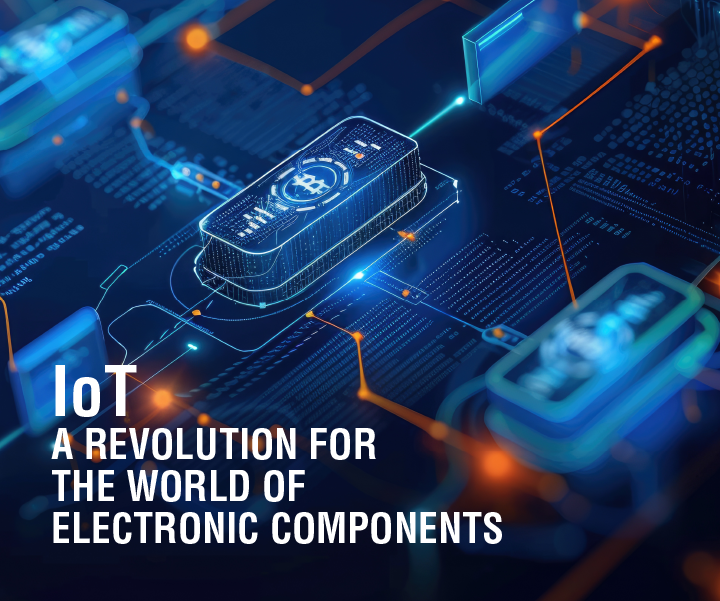
IoT: the digital revolution in electronics
The Internet Of Things (IoT) has inaugurated a new technological era, in which everyday objects connect to each other and exchange data. This digital revolution has inevitably led to a profound transformation in the electronic components sector, which are its beating heart.
Miniaturization and integration:
- Increasingly smaller and more performing sensors: the IoT has fueled the demand for increasingly smaller sensors, capable of detecting a wide range of data. This miniaturization has allowed sensors to be integrated into small-sized devices, such as wearables and IoT devices for the home;
- Increasingly powerful microcontrollers and SoCs: to process the data collected by sensors, increasingly powerful and energy-efficient microcontrollers and System-on-Chip (SoCs) are needed. These components integrate different functions on a single chip, reducing costs and size.
Connectivity and interoperability:
- Integrated wireless modules: connectivity is a fundamental element of the IoT. Electronic components increasingly integrate wireless modules (Wi-Fi, Bluetooth, LoRa, NB-IoT) to facilitate communication between devices;
- Open standards and common protocols: Interoperability is another crucial aspect. The development of open standards and common protocols (MQTT, CoAP) allows devices from different manufacturers to communicate with each other.
New needs and challenges:
- Low power consumption: IoT has made it essential to design electronic components with low power consumption, capable of operating with long-lasting batteries or renewable energy sources;
- Cybersecurity: The proliferation of connected devices has made cybersecurity a top priority. Electronic components must be designed with robust protection mechanisms to prevent attacks and ensure data privacy;
- Reliability and durability: IoT devices are often used in harsh environments and must operate reliably over long periods. Electronic components must therefore be designed to withstand extreme temperatures, vibrations and other environmental stresses.
Applications and sectors:
The impact of IoT on electronic components is reflected in a wide range of applications and sectors:
- Smart home: Smart thermostats, connected lighting systems, smart appliances.
- Industry 4.0: Sensors for machine monitoring, remote control systems, predictive maintenance.
- Automotive: Connected vehicles, driver assistance systems, infotainment.
- Healthcare: Wearable devices for health monitoring, telemedicine.
- Smart cities: Smart public lighting, traffic management, waste collection.

